As Bitcoin momentarily climbed above $100,000, your cryptocurrency holdings may have exploded. You may have several thousand euros, or more, on exchange platforms or mobile applications. Despite the precautions taken, you're not entirely at ease... and that's completely normal.
In this test, we share our opinion on the Ledger Flex, a physical "wallet" to protect your cryptocurrencies.
Bankruptcy, hacking, viruses... the threats hanging over your cryptocurrencies
On mobile wallets, like Metamask, your currencies can be targeted by cybercriminals. According to a study by ESET, cryptostealer viruses, designed to steal cryptocurrencies, increased by 56% in 2024, targeting Windows, Android, and macOS. These viruses penetrate our devices with the sole purpose of obtaining information that could provide access to our cryptocurrencies. As Benoit Grunemwald, a cybersecurity expert at ESET France, explains, "the decentralized nature and rapid transactions of cryptocurrencies attract cybercriminals, making stolen funds difficult to recover." In the case of cryptocurrencies entrusted to an exchange, the risk of abrupt closure cannot be overlooked. Although the industry has improved considerably since the sudden disappearance of FTX, the possibility of a platform closing its doors overnight, swallowing up all your savings cannot be completely ruled out. The platform holding your assets could file for bankruptcy. In these cases, you could wait months or years to recover your funds.
Of course, it's also possible for a platform to be the victim of a hack, although their security has improved considerably over the last decade. Despite industry efforts, some cybercriminals still manage to break exchange security. In early 2025, Bybit suffered a major cyberattack orchestrated by North Korean hackers Lazarus. The hackers made off with more than $1.4 billion. Despite the efforts of researchers, Bybit, and authorities, the majority of the money could not be recovered.
What is a hardware wallet?
To overcome the shortcomings of mobile platforms and wallets, the world of cryptocurrencies has seen the emergence of hardware wallets. These tools are designed to store users' cryptocurrencies on the blockchain while keeping their private keys safe from the internet. Offline, the keys cannot be collected by potential attackers. This is why we also talk about a cold wallet, a cold storage wallet, unlike a hot wallet, which is connected to the internet. This is partly why investors with large sums of money are turning to a hardware wallet.
In this case, your private keys are not entrusted to a third-party entity, such as an exchange. The safekeeping and protection of the keys is in your hands. You are the only ones who manage your money. In the event of a problem, you cannot turn against any third-party entity.
In short, you store your digital assets directly on the blockchain, without any intermediary. If you want to access the funds, you must have your private keys. This is a random sequence of 12 or 14 words, which acts as a kind of password. With these keys, a hacker can access your wallet and make transfers without your knowledge. The sequence of words is generated automatically when a wallet is created on the blockchain.
To access the private keys, which allow you to take control of the funds, you will need to have the hardware wallet. An attacker can't steal your crypto without having the wallet in their possession. This hardware wallet, usually hidden in a secret location within your home, will ensure that your currencies remain on your blockchain address. Simply put, the hardware wallet is a safe that will ensure that no one touches your cryptocurrencies unless they manage to get their hands on it.
Ledger, the leader in physical wallets
Among the leading vendors of physical wallets is Ledger. Since 2014, the French company has been selling hardware wallets worldwide. Over time, Ledger has become a leader in the security of digital assets. The company has sold more than six million wallets worldwide.
The French unicorn now offers a wide selection of devices capable of securing your cryptocurrencies, including the Ledger Stax, designed with the help of Tony Fadell, one of the designers of the iPod, or the traditional Nano X or Nano S Plus.
Our opinion on the Ledger Flex, the affordable wallet with a screen
Last year, Ledger continued to expand its catalog with The Flex, a wallet that aims to be easy to use. Priced at €249.99, it is also more affordable than the Stax, which remains the most premium option in the range. The wallet supports more than 50 different blockchain wallets and 1,000 cryptocurrencies, including the essential bitcoins and ethers. It is compatible with all platforms, including iOS, Android, macOS, Linux, and Windows.
We had the opportunity to test the Ledger Flex extensively for several months. First of all, we really appreciated the Flex's ease of use. It's very convenient to navigate and use the interface. It has several reflexes inherent to using a smartphone, such as the lock button. The build and design quality is impeccable. The Ledger Flex is a beautiful device enhanced by an elegant, understated, and futuristic design.
A compact wallet
The wallet features an e-ink touchscreen, which greatly facilitates interactions. Through this screen, you can check all transactions in your wallet and verify the validity of the address. It also allows you to display a QR code, which is easy to scan from your smartphone, eliminating the tedious need to copy or copy-paste a blockchain address. This avoids potential typos and prevents you from holding sensitive information on your clipboard. The screen measures 2.84 inches, compared to 3.9 inches for the more high-end Stax. The Flex is not only more affordable than the Stax. It is also more compact and easier to transport when needed.
The simplicity of the Flex interface has not prevented Ledger from including features that could be considered dispensable in the case of a physical wallet. It is thus possible to set a wallpaper. You can choose from your smartphone's photo gallery or choose one of the non-fungible tokens (NFTs) from your collection.
The Ledger Flex has a battery life of 10 hours, or about 350 transactions. Obviously, you're unlikely to drain the battery in a single day. In our experience, the battery life doesn't decrease if you don't use the Flex for several months. We left the Ledger at the bottom of a drawer for months. The device still had almost all of its battery life remaining after this extended standby period.
To recharge the accessory, simply plug it into a computer via its USB-C port. In most cases, you will probably need to recharge the device once a year. The Flex's endurance comes largely from its energy-efficient e-Ink display.
Ledger Live App Review
All Ledger-designed accessories work in synergy with the brand's companion app, Ledger Live. Well-designed, it lets you manage all transfers to your wallet by connecting your physical wallet. Without this accessory, which works like a key, no transfer will be successful.The app, and the vast majority of its functions, is very easy to understand in just a few clicks. If you're already familiar with using an exchange platform, you'll have no problem finding your way around.
Furthermore, Ledger connects users with cryptocurrency exchange platforms. Using the Ledger Live app, you can buy or resell cryptocurrencies without having to use an exchange app. The platform will only intervene to sell you cryptocurrencies. Ledger then transfers the crypto directly to your wallet address. When you make a transaction, Ledger will present you with a series of offers and highlight the most advantageous one. However, you are free to choose the one you prefer.
Also worth mentioning is the ability to stake through the app. Staking involves depositing cryptocurrencies, which will be locked until further notice, in order to earn rewards in the form of cryptocurrencies.
With these features, the Ledger Live app becomes a true Swiss Army knife. It serves as a vault, an exchange platform, and a staking service all in one. Most investor needs are covered. Unless you have specific needs, you can manage your entire crypto experience through Ledger Live. This is a real plus. Personally, we don't like multiplying the number of services on which we store our digital assets.
The Flex is primarily designed to be able to carry out transactions via your smartphone, on the Ledger Live app. To do this, you use the phone's Bluetooth connection. There's no need to plug in a cable each time you use it. However, it is also possible to sign your transactions through a computer via the USB-C port.
A security key
The Flex is compatible with Ledger Security Key, an application that transforms Ledger devices into hardware security keys to strengthen the protection of online accounts. In other words, you can use your physical wallet as a key to secure your Binance, X, or Gmail account.
In other words, the Ledger can replace your Yubikey, the key developed by Yubico. This feature extends the Ledger's usefulness beyond the world of cryptocurrencies. The Flex offers better overall security for your entire digital life.
Who is the Ledger Flex for?
The Ledger Flex is primarily intended for users intensive cryptocurrency wallets. The wallet is ideal if you often make transfers using blockchain protocols. In case of intensive use, you will appreciate having a 2.84-inch touchscreen to easily validate transactions.
If you simply plan to secure a handful of bitcoins, and forget about them for a few years, you can make do with a Ledger Nano. These are the historic physical wallets of the French brand. Less expensive, but just as secure, they will do the job. The Ledger Nano S Plus is available at a price of only 79 euros.

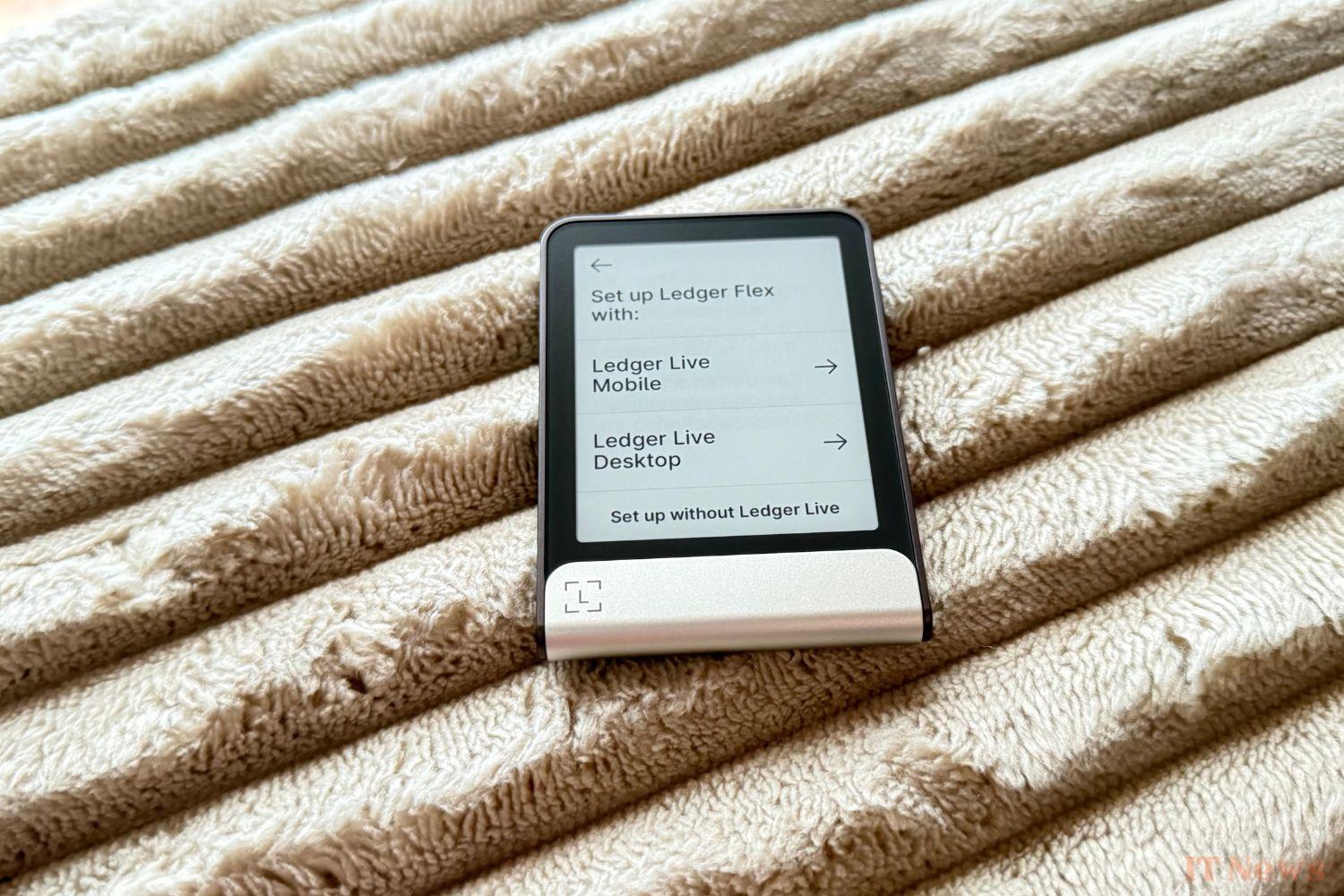
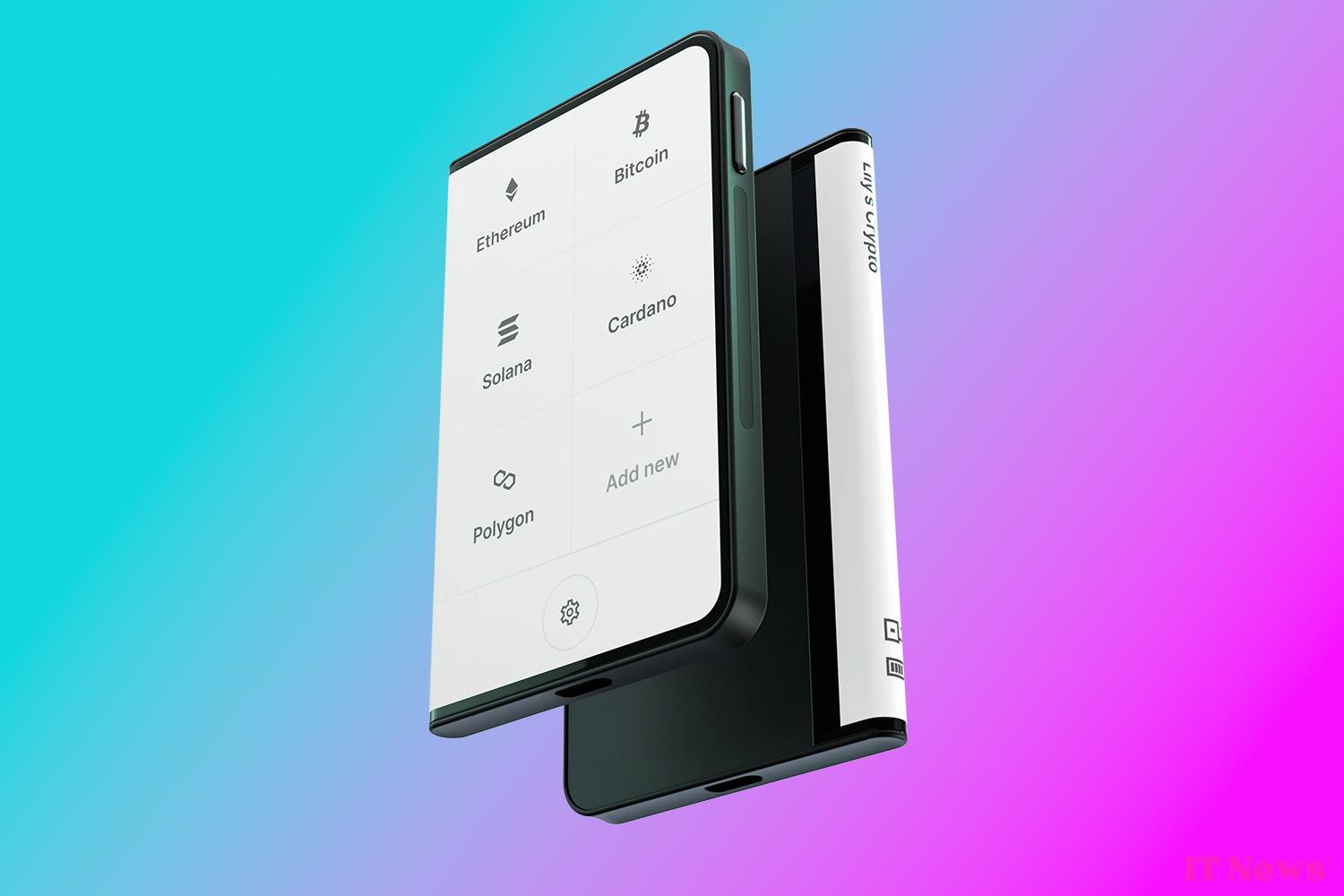
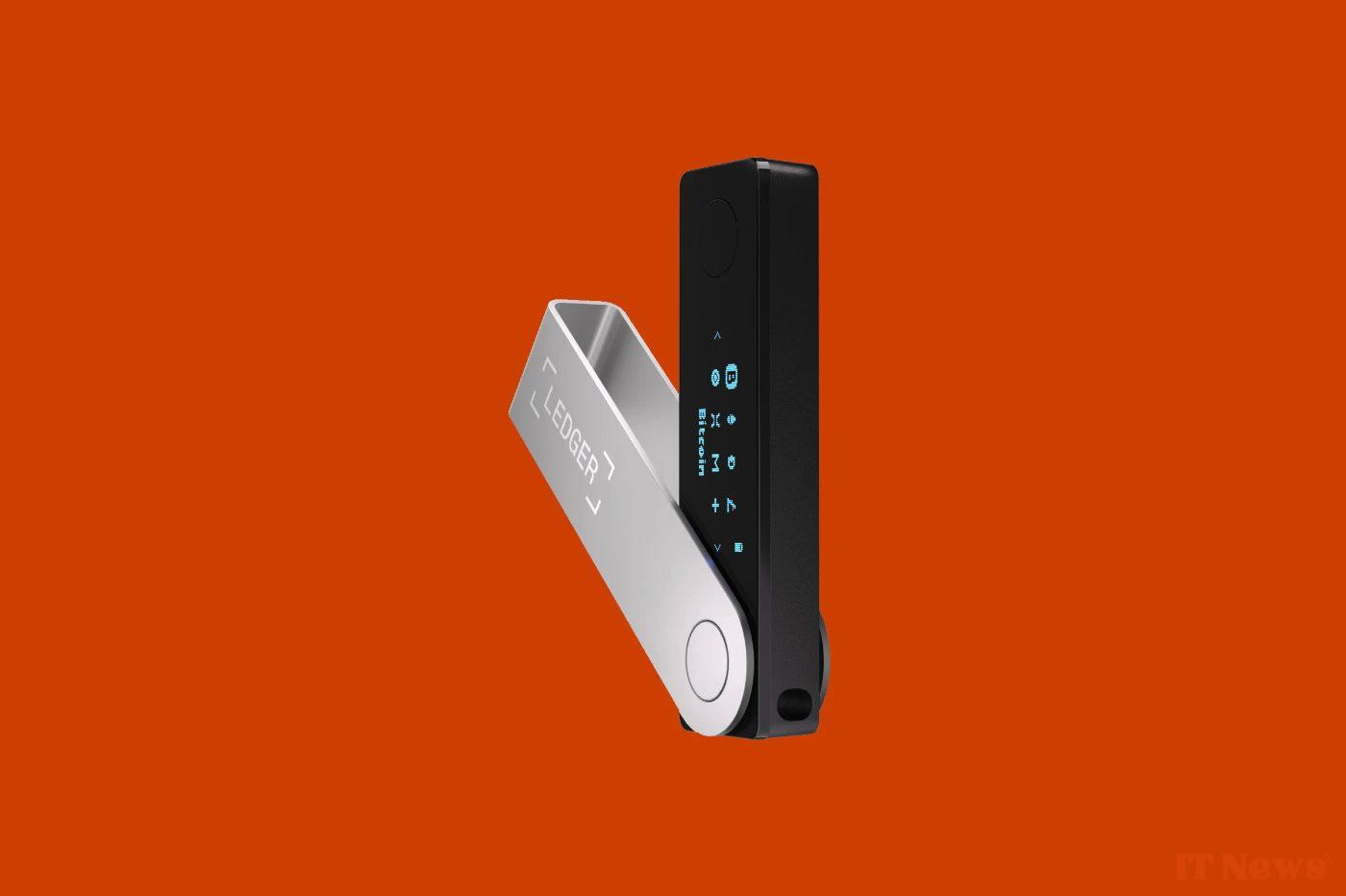
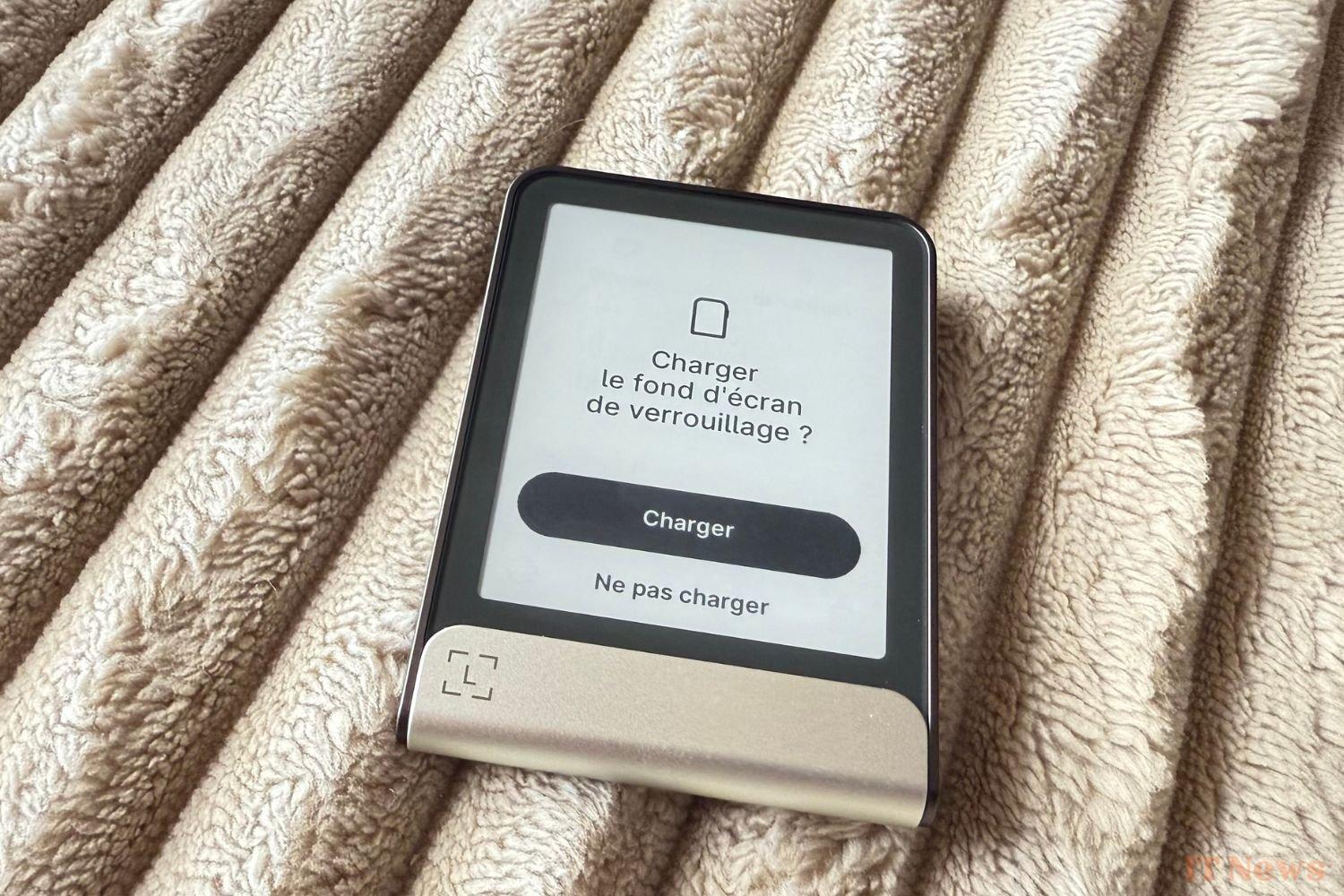
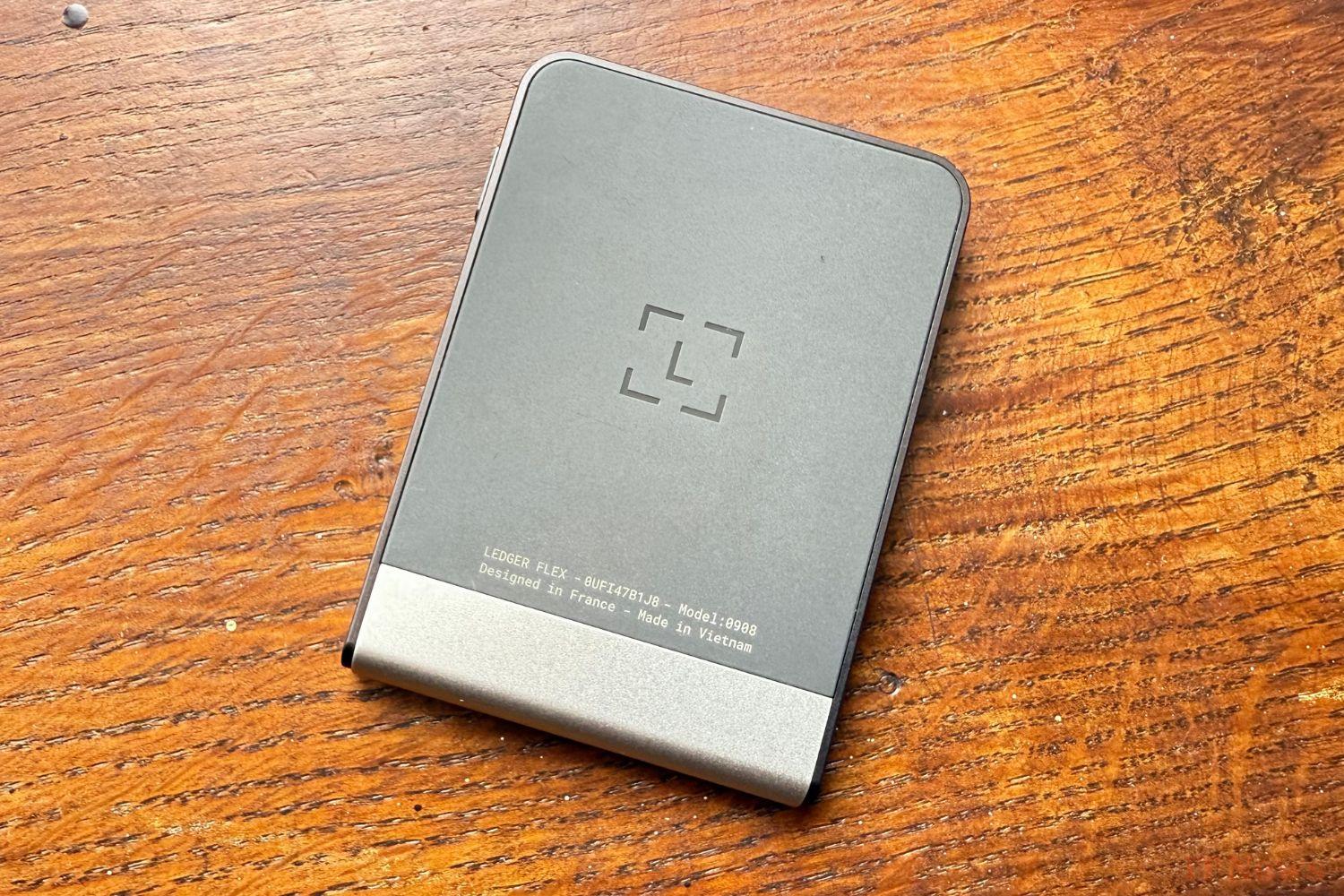
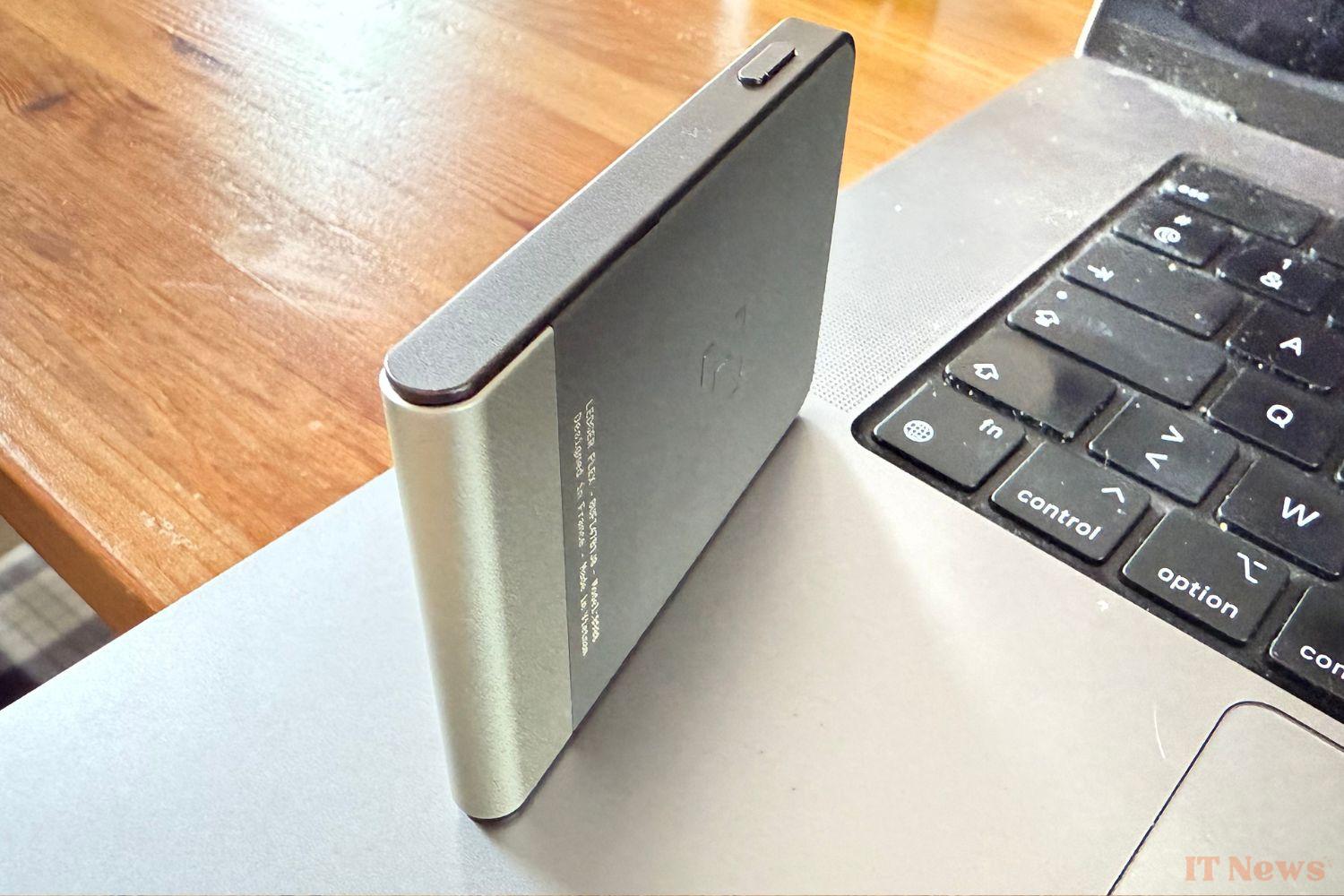

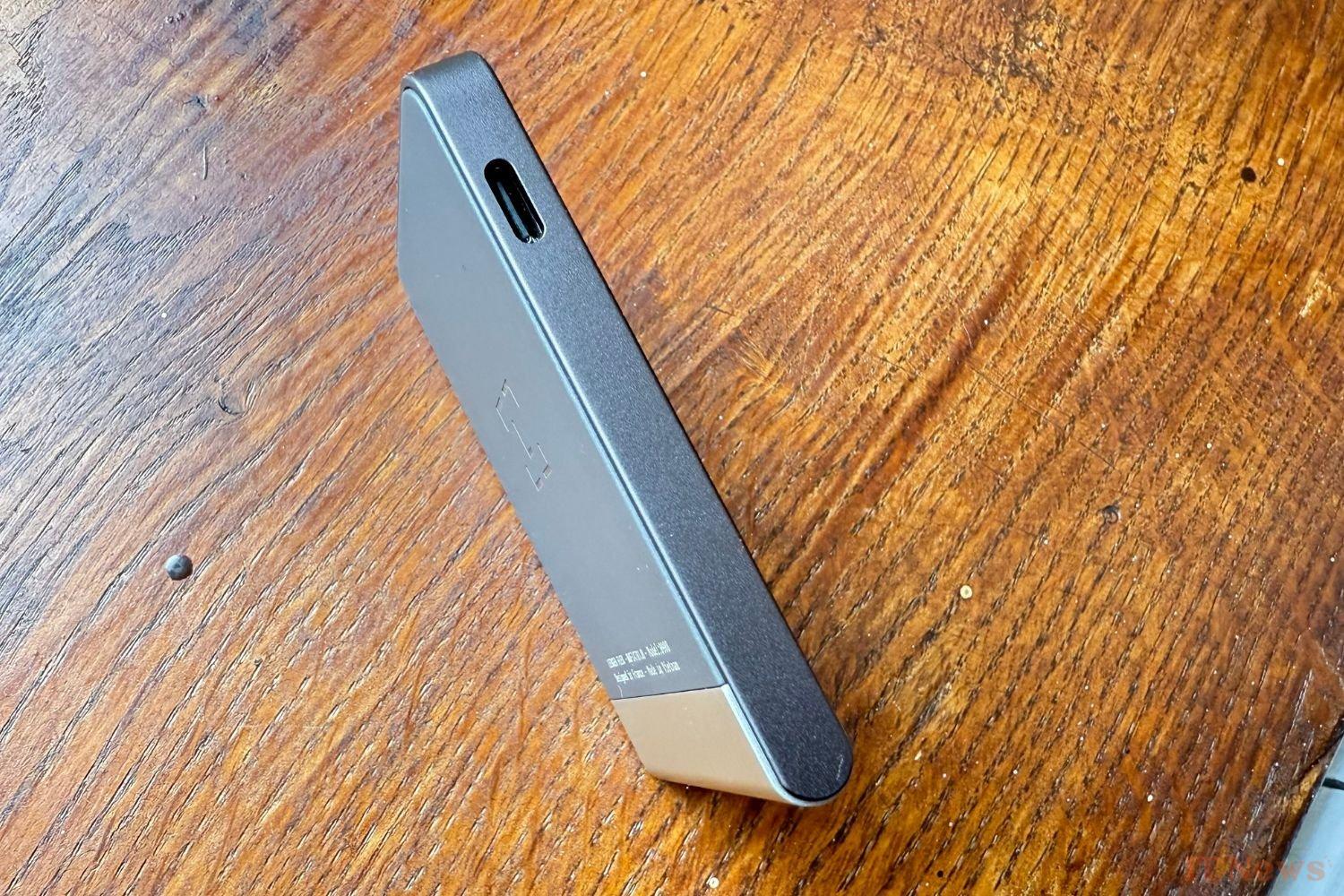
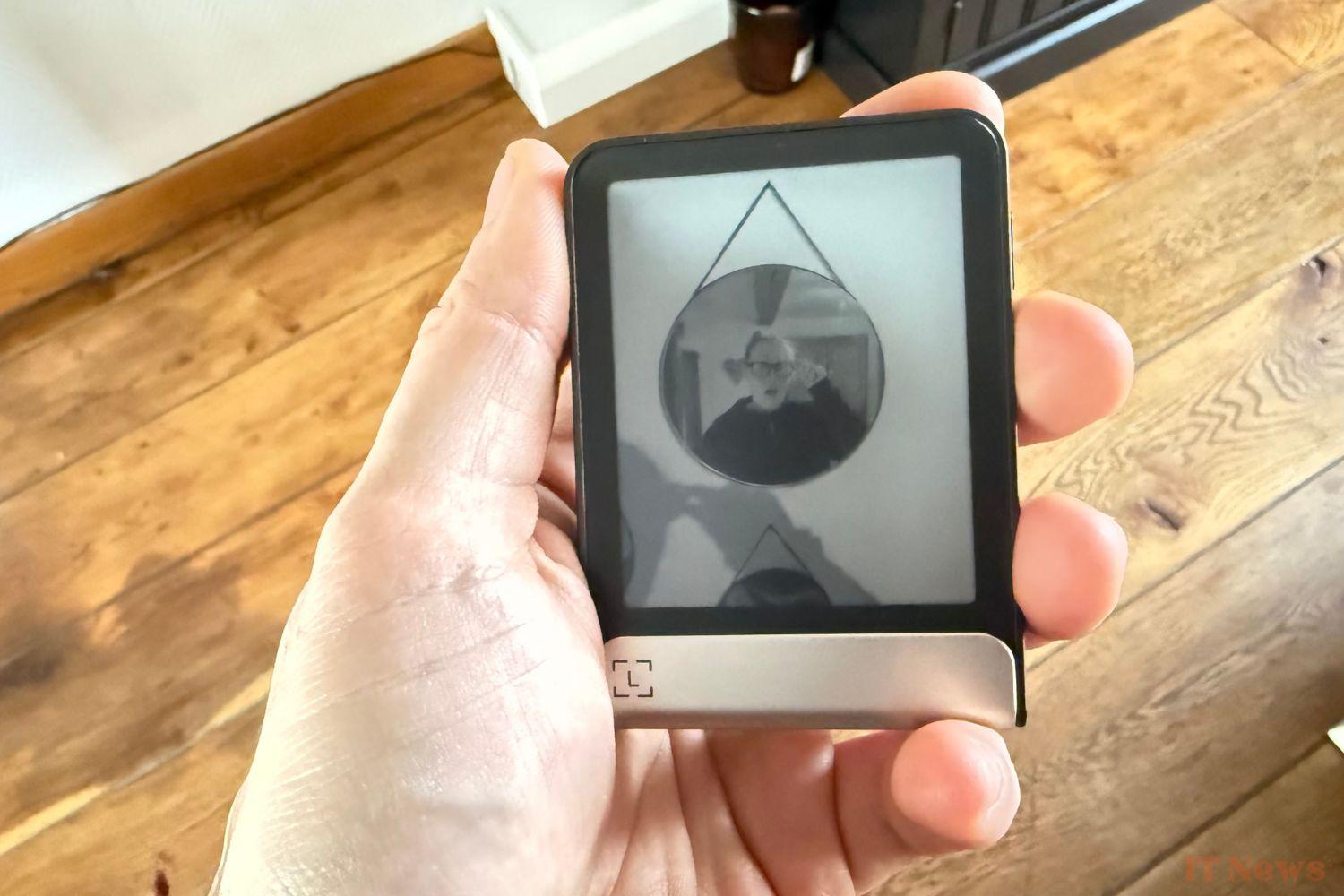

0 Comments